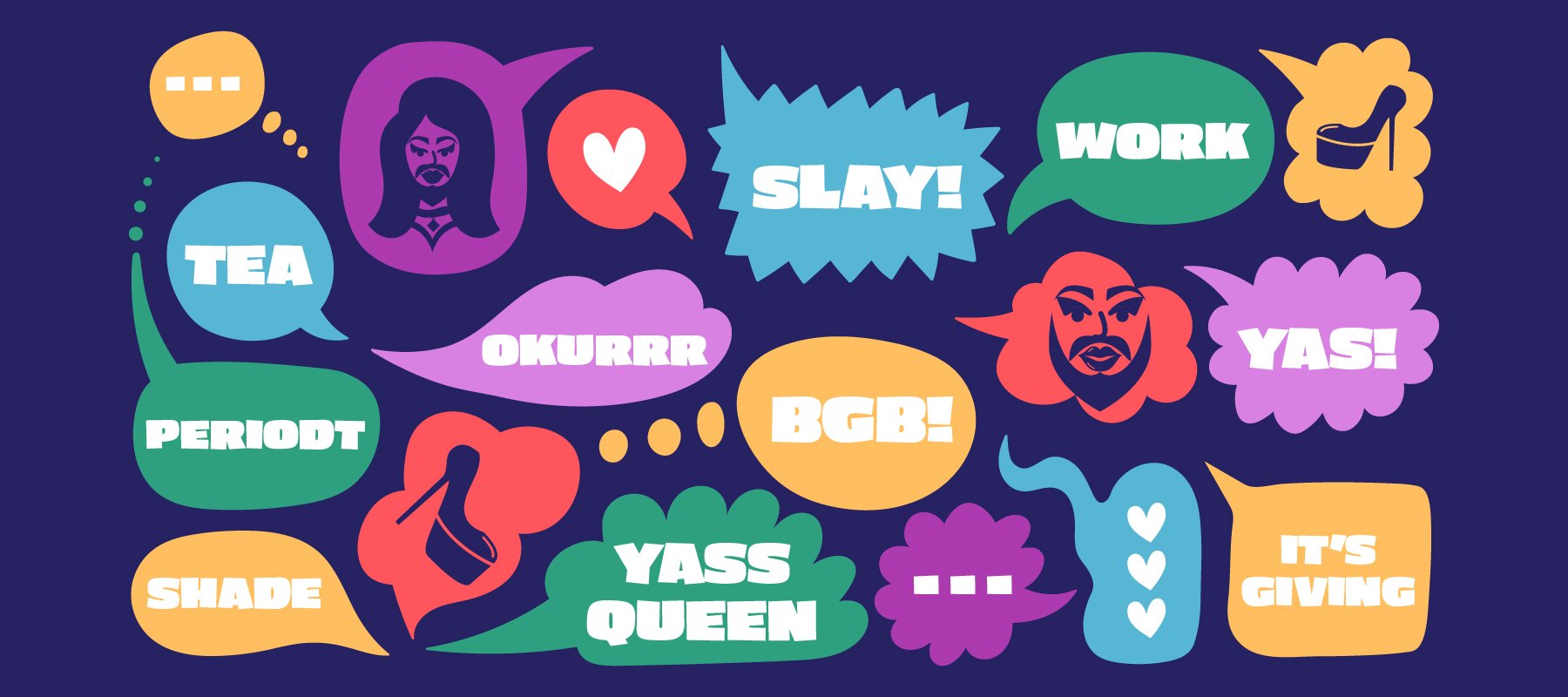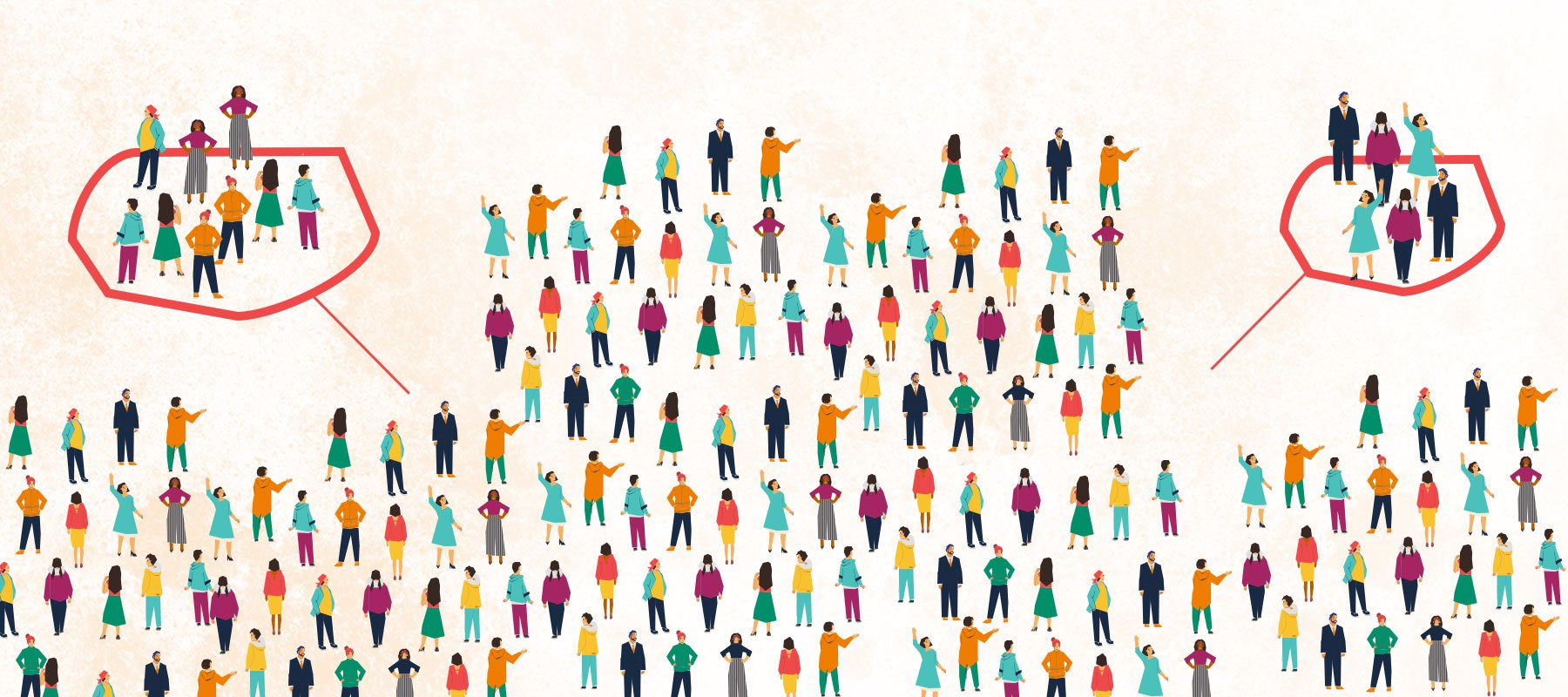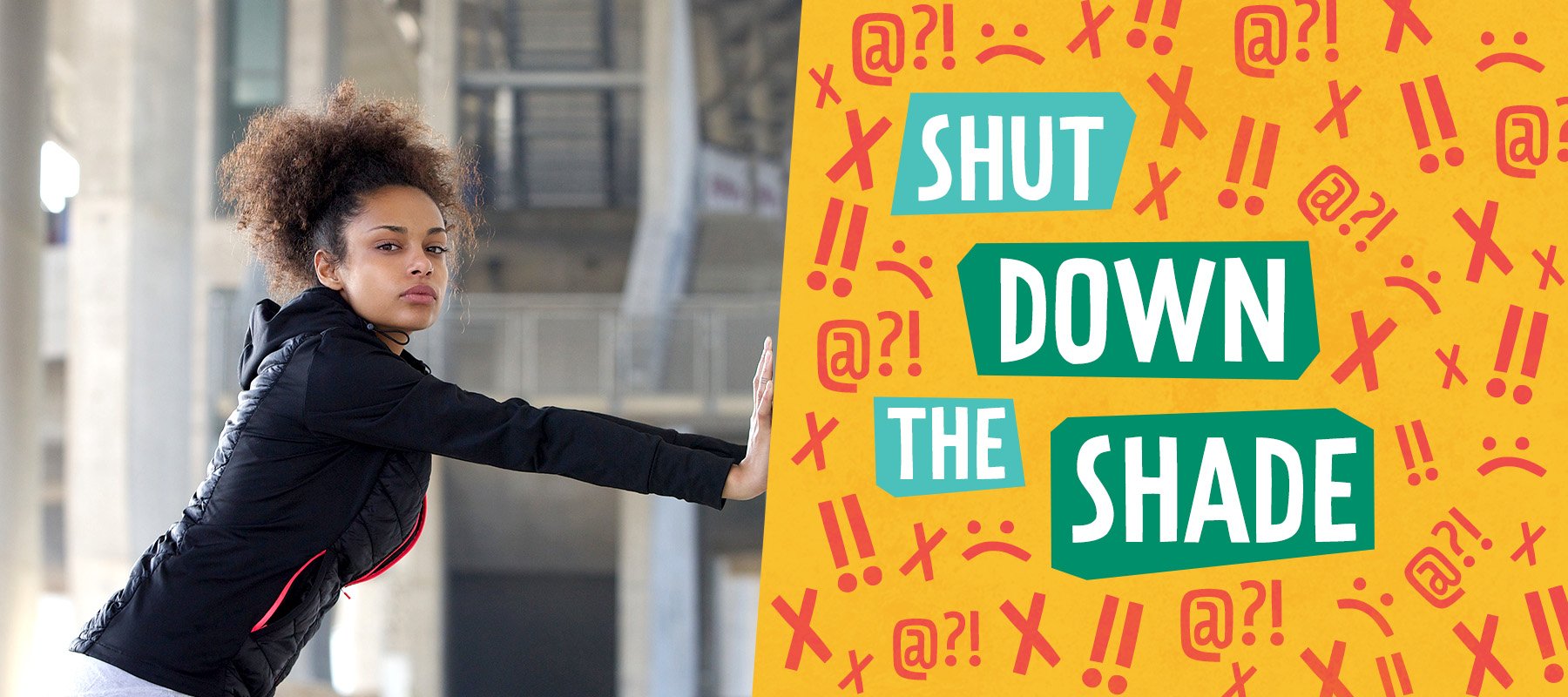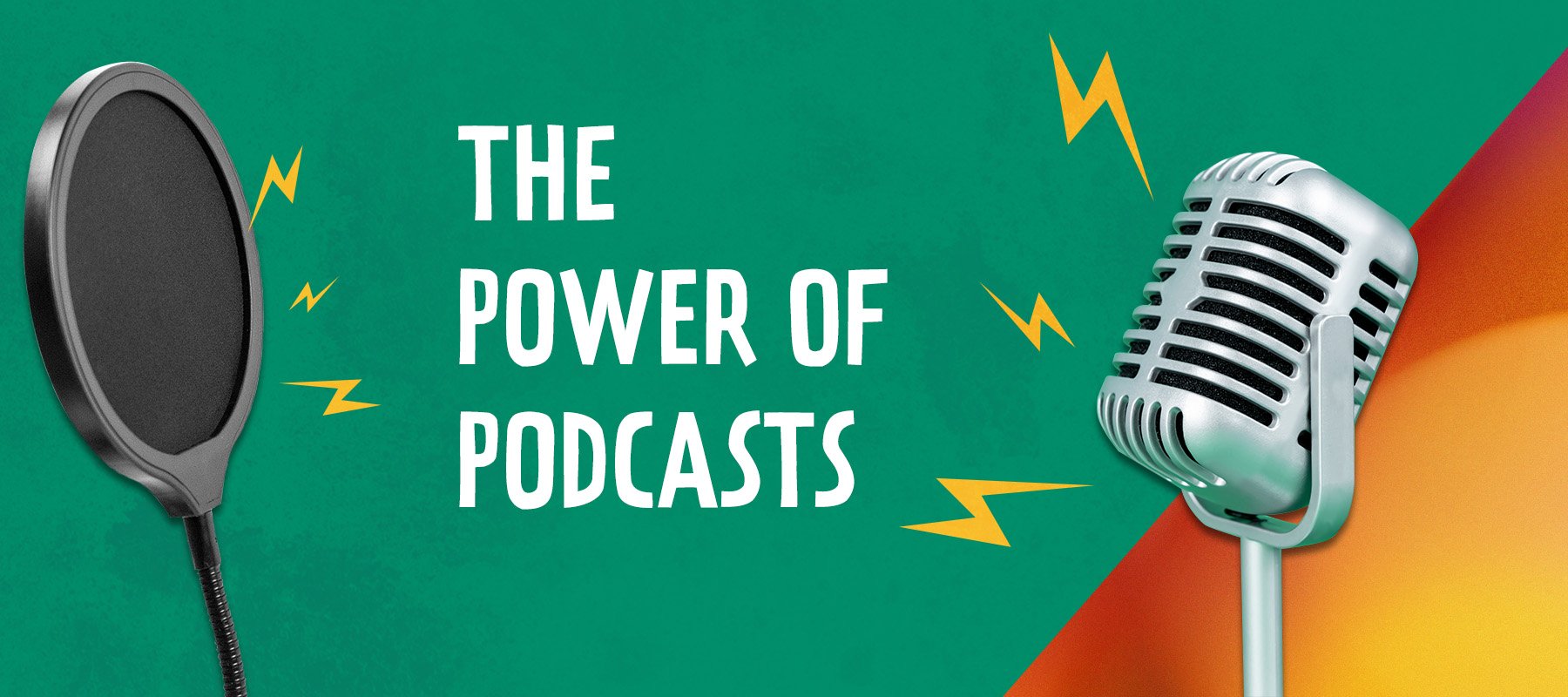Using Segmentation to Improve Sponsorships & Activations
What do you think of when you hear the phrase “diverse sponsorships?”
3 min read
 Topher Danial
:
Mar 23, 2023 8:25:50 AM
Topher Danial
:
Mar 23, 2023 8:25:50 AM

For years, Boombox has taught businesses and brands how to effectively market to queer people without resorting to that tired, performative trend known as rainbow capitalism.
You know the phenomenon: it happens every June, when brands slap rainbow backgrounds on their logos and packaging as if a color palette can break the fetters that condemn queer people to lives of inequity. These marketing tactics might be presented as genuine support, but the intent is to harness and benefit from queer buying power, which in the U.S. alone surpasses $1.4 trillion annually.
But now, performative outreach marketing is starting to evolve, and its new form arrives wearing a lace-front wig: I’m talking about drag queen capitalism.
Drag is (and has always been) an art form rooted in the liberation of those who are pushed to the fringes of society. Yes, it’s exciting and entertaining, but it is foremost a vehicle for defiance and provocation. Drag doesn’t only challenge heteronormative social structures. It also dares queer people to reflect on how we can better show up for and support each other. Anything a drag artist feels, fears, and believes is likely to appear in their performances. And, at least in queer circles, liberation is still the impetus for much of drag culture today.
Enter drag queen capitalism.
When it comes to using drag as a tool for marketing and consumer attraction, brands often wash away those quintessential rebellious overtones without a trace. Instead, they hire queens to promote services and products with rapid-fire, sassy one-liners. They cut and paste drag vernacular and queer colloquialisms like “Yass queen,” “Slay!” and “Okurrr” (expressions themselves appropriated from AAVE) across glittery, rainbow-adorned branded t-shirts and drink cozies. Instead of thoughtfully considering what they can do or say for queer people, these brands simply reach for the nearest queen and call it a day.
To be clear, this is never the fault of performers, who agree to projects because they, like any artist wishing to sustain themselves with their art, need to work. It’s the fault of brands that are interested in drag only as a form of entertainment—not as a vessel for change.
That’s not to say you can’t or shouldn’t hire drag performers. We need our artists booked and busy! But even if you’re using drag as a component of your message, you should look for opportunities to take the conversation beyond rainbows and death drops, to a place that genuinely promotes the protection and advancement of queer people.
Because as much as we want to be celebrated, LGBTQ+ audiences also need to see that brands recognize, understand, and care about the challenges our community still faces today. We need and deserve messages that don’t treat our queerness as a spectacle. After all, when the dance numbers are done and the makeup comes off, drag performers must continue navigating obstacles in both legislation and business that can make everyday life anything but a glittery good time.
Queer people represent a diversity of experiences, identities, and backgrounds, all of which dramatically affect the way they perceive and fit into broader society. Allowing space for queer people to address their pain points, share their visions for progress, or to visibly represent any oft-overlook identity can result in more intimate and urgent conversations that inspire progress within and around the LGBTQ+ community.
Consider focusing on a specific issue that affects the queer community—such as providing safe housing for trans people or raising awareness on the ways Black queer people are disproportionately affected by HIV. Whether you choose to do this via supporting an existing organization, creating a video spot that highlights your cause of choice, or letting a queer activist run a social media takeover of your brand’s accounts, this will show that your brand cares about building better futures for queer people.
Much of the queer-specific messaging you’ll encounter in the marketing landscape will present queerness as over-the-top and exciting. Exuberance is certainly a defining trait of our community, but keep in mind that this expression occurs in queer spaces—for queer people—to help us cope with the suppression we experience in daily life. We do not rejoice to entertain non-queer masses. Therefore, eliminating the struggles that necessitate such celebrations from your messaging can feel like a major oversight. Experiment with vulnerability, compassion, heartache, triumph, or any other tone that doesn’t make us feel like we are only worthy when we are the life of the party. For one poignant example, see this tear-jerking commercial from J&B Spain—a whiskey brand that cut through the noise with an intergenerational perspective on queerness and compassion.
And if engaging a drag performer is the right move for your brand, remember this:
Allow the performers you hire to bring their unique voices and viewpoints to your campaign. Those perspectives might be uncomfortable and challenging—and that’s the point of drag. Create opportunities for undiluted, fearless commentary that is not just entertaining, but which sparks vital conversations and encourages new perspectives.
Note: Anti-drag and anti-LGBTQ+ legislation are on the rise across the country. This makes it more important than ever for brands to craft thoughtful messaging that promotes protection and equity for queer people. If you want to take your advocacy a step further, please follow Boombox's lead in donating to a local organization such as Campaign for Southern Equality, a grassroots organization that provides queer people in the South with resources, engages in emergency support, and harnesses the collective power of queer and allied activists.

What do you think of when you hear the phrase “diverse sponsorships?”

Come June,we can expect to see the usual suspects up in arms about brands engaging in (or even supporting) LGBTQ+ Pride campaigns. Of course, not...

First things first: what is a podcast?